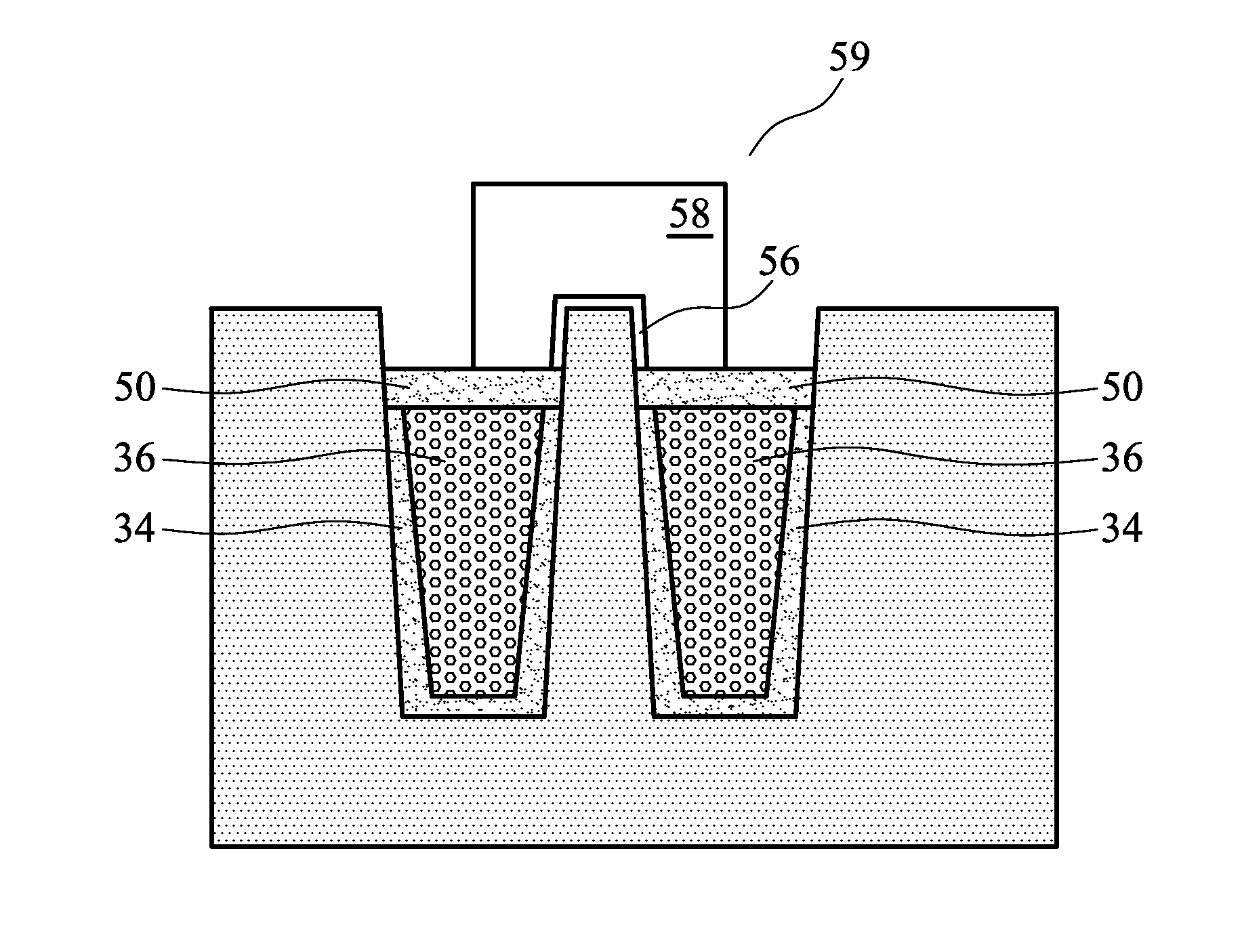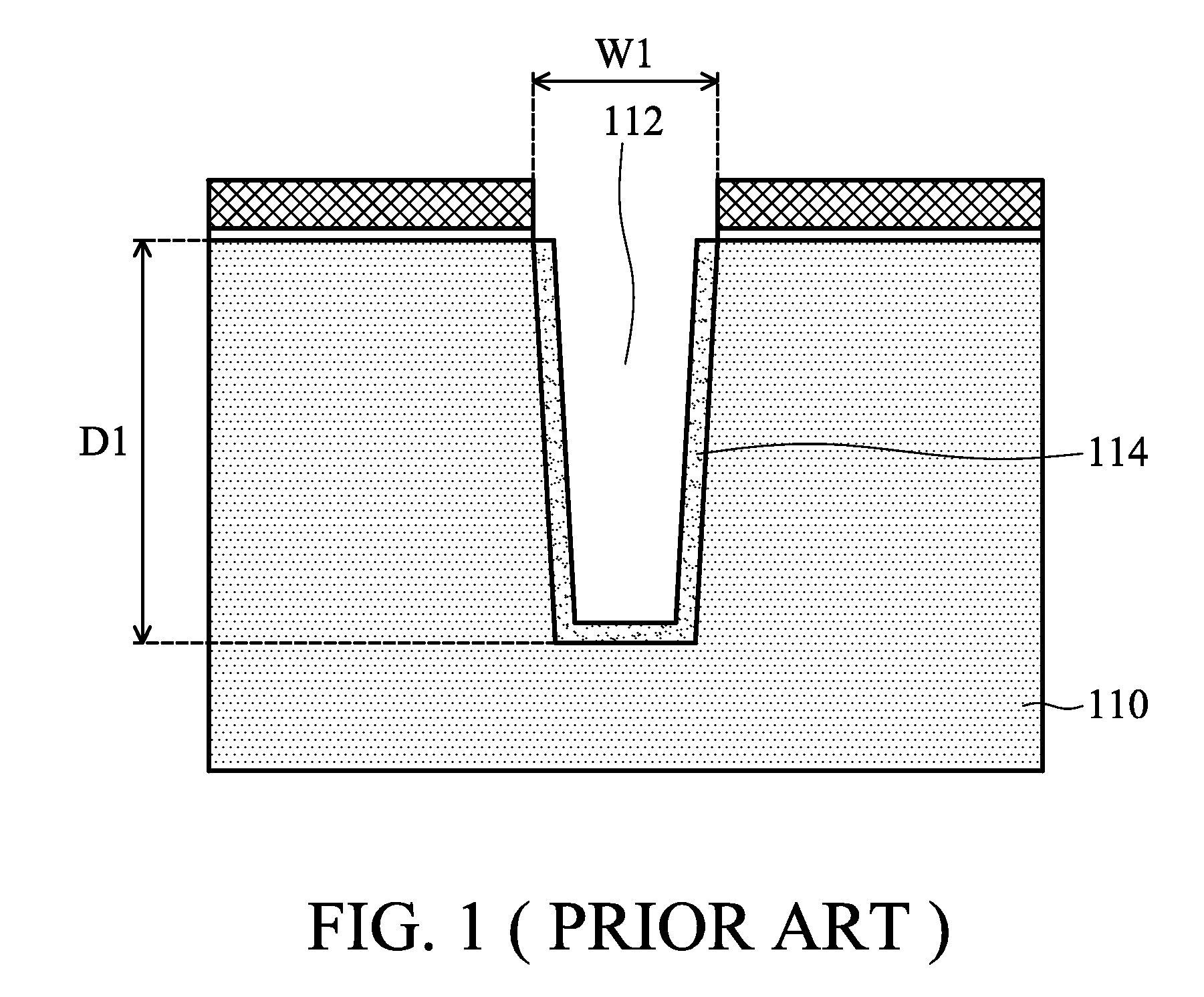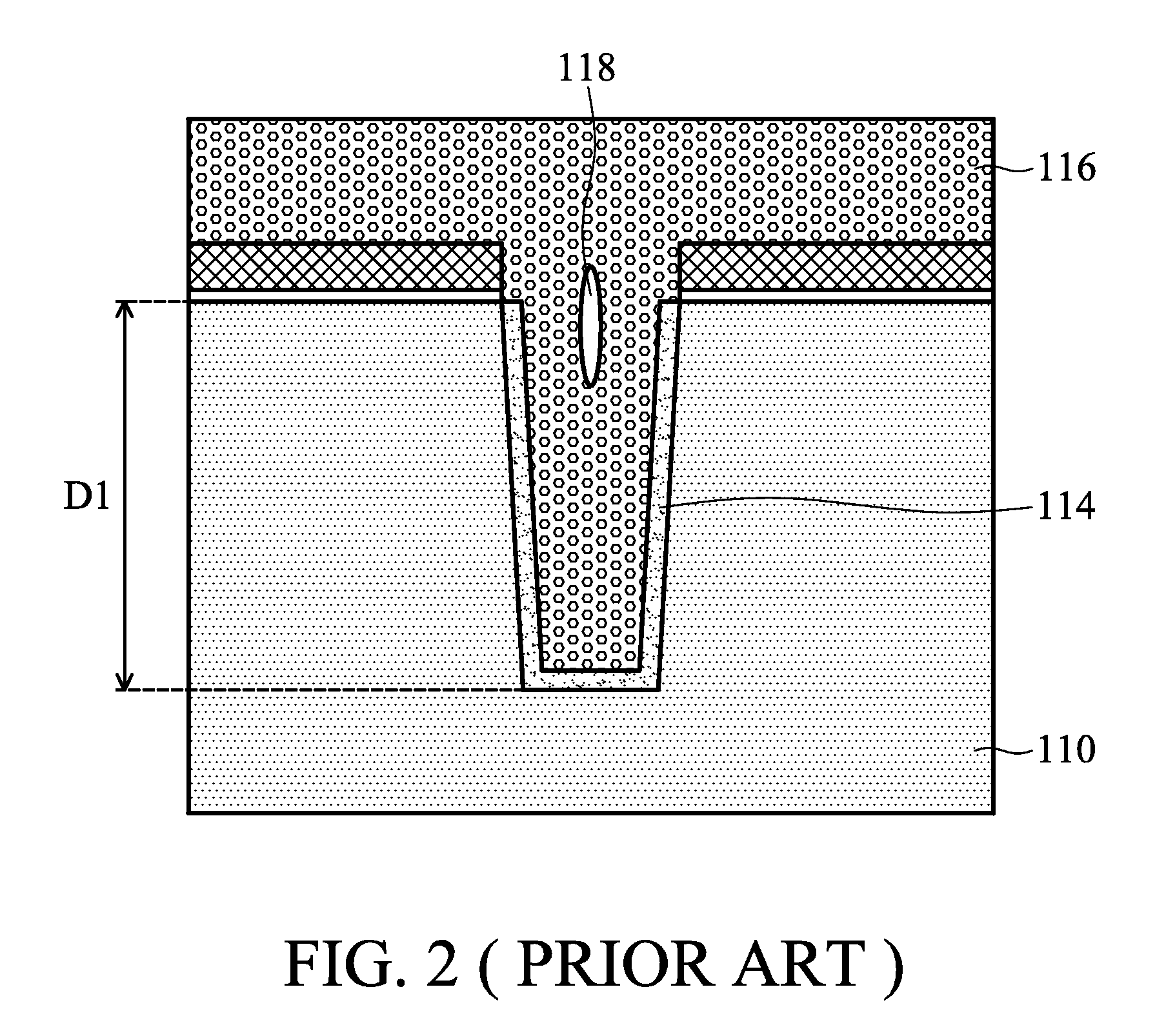Hybrid STI Gap-Filling Approach
a technology of gap-filling and hybrid sti, applied in the direction of basic electric elements, electrical equipment, semiconductor devices, etc., can solve the problems of bridging, void formation, and even shorting of integrated circuits in some circumstances, and increase the aspect ratio
- Summary
- Abstract
- Description
- Claims
- Application Information
AI Technical Summary
Benefits of technology
Problems solved by technology
Method used
Image
Examples
Embodiment Construction
[0018]The making and using of the embodiments of the present invention are discussed in detail below. It should be appreciated, however, that the embodiments provide many applicable inventive concepts that can be embodied in a wide variety of specific contexts. The specific embodiments discussed are merely illustrative of specific ways to make and use the invention and do not limit the scope of the invention.
[0019]A novel method for forming a shallow trench isolation (STI) region and a fin field-effect transistor (FinFET) is provided. The intermediate stages in the manufacturing of an embodiment are illustrated. The variations of the embodiment are discussed. Throughout the various views and illustrative embodiments of the present invention, like reference numbers are used to designate like elements.
[0020]Referring to FIG. 5, semiconductor substrate 20 is provided. In an embodiment, semiconductor substrate 20 includes silicon. Other commonly used materials, such as carbon, germanium...
PUM
 Login to View More
Login to View More Abstract
Description
Claims
Application Information
 Login to View More
Login to View More - R&D
- Intellectual Property
- Life Sciences
- Materials
- Tech Scout
- Unparalleled Data Quality
- Higher Quality Content
- 60% Fewer Hallucinations
Browse by: Latest US Patents, China's latest patents, Technical Efficacy Thesaurus, Application Domain, Technology Topic, Popular Technical Reports.
© 2025 PatSnap. All rights reserved.Legal|Privacy policy|Modern Slavery Act Transparency Statement|Sitemap|About US| Contact US: help@patsnap.com



